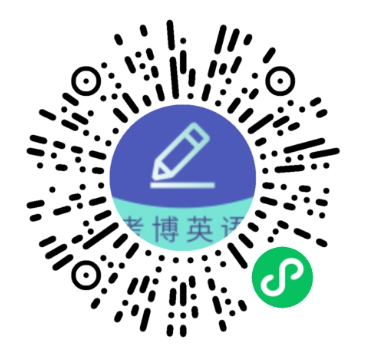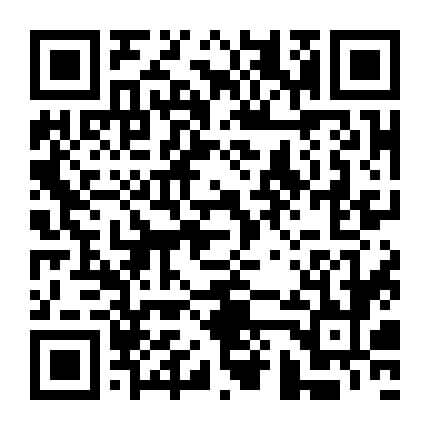2021年考博英语阅读理解模拟题(二)
- 1
- 2
- 1
摘要:考博英语考试中,阅读理解属于必考题型,分值大约30-40分,希赛网整理收集了2021年考博英语阅读理解模拟题资料,供大家复习备考时练习使用。
China makes computers, but imports most of its chips. India makes drugs, but copies almost all of the compounds; it writes software, but rarely owns the result. The bolder claims made for all three industries thus have a similar, hollow ring. They have flourished, but mostly on the back of other countries' technology. “We are not at the stage of Intel Inside,” admits Arvind Atignal of Clinigene, a clinical-research firm, drawing his own analogy between desktops and drugs. “We are the keyboard, screens and peripherals.”
How much does this matter? Joseph Xie of SMIC, the Chinese chipmaker, spent seven years working inside Intel. Its strategy, he says, was simple: “get there first; make most of the money; let the second guy get the change.” That is certainly one way to run a technology firm. But competing in that race is expensive and exhausting. Few of Intel's rivals still try to keep up with it, nanometre by nanometre.
Countries of China's and India's heft and ambition cherish the idea of pushing back the limits of technology. But that push is risky, costly, frustrating work. A country shouldn't do it unless it has to. Although China and India could devote their considerable intellectual resources to solving the problems faced by economies on the technological frontier, why cross that bridge until you reach it? Seen in this light, India's generic drugmakers are models not laggards. They invest in just enough know-how to exploit the rest of the world's discoveries. Thanks to them, Indians enjoy some of the world's cheapest medicines.
Under the WTO's Trade-Related Intellectual Property Rights agreement (TRIPS), India has ceded the right to free-ride foreign advances. It now grants 20 years of patent protection to inventions hatched after 1995. In return, it hopes tighter laws will inspire Indians to new exploits in innovation, and reassure foreigners wary of inventing or making original products in the country.
The tougher laws may yet succeed. A recent study by Bruce Abramson of the World Bank expresses high hopes. A “patent chic” is already detectable in the country, he reports. He has even heard of Indian farmers calling lawyers in the hope of patenting their prize vegetables.
But, as yet, the new regime has not proved its worth. Over 17,000 patent applications were filed in India in 2004-05, almost 40% more than the year before. But only 3,500 were by Indians. Of the 49 most prolific filers in the past decade, 44 are either foreign companies or subsidiaries. Of the five Indian firms, all are either government-sponsored institutes or generic-drug companies, which did fine before TRIPS.
The new regime will be costly to run, if India takes it seriously. But the larger cost lies in the opportunities for unabashed imitation that India has now forgone. These lost opportunities might be quite big. Had Indian firms been prevented from copying fluoroquinolones, for example, the Indian public would have been worse off by the equivalent of $255m a year, reckons a study of the antibiotics market by Shubham Chaudhuri of the World Bank, Pinelopi Goldberg of Yale and Panle Jia of the Massachusetts Institute of Technology.
1. Arvind Atignal draws an analogy between desktops and drugs because_____
[A] both of them have a similar prospect in China and India.
[B] both industries in India are still lacking core technology.
[C] drug-making in India is like making peripherals for desktops.
[D] the two industries have a similar operation in India.
2. The idea maintained by countries like China and India is _____
[A] to do the best they could.
[B] to solve the technological problems to the best of their ability.
[C] to go beyond the limits of technology.
[D] to do what they have to.
3. India has ceded the right to free-ride foreign advances because_____
[A] it wants to push back the limits of technology.
[B] it is in accordance with TRIPS.
[C] it wants to inspire Indians to making innovation.
[D] it wants to protect the inventions by the foreigners.
4. From the data of the sixth paragraph, it can be inferred that_____
[A] the tougher laws are not successful since it failed to raise Indians’ enthusiasm for patents.
[B] Indians are not so inventive as the foreign counterparts measured by patent application.
[C] Indians’ inventions are negligible because most firms are funded by the government and thus lack incentive.
[D] Indians are still left behind in inventions even under the system that encourage patenting.
5. Towards the future of the new regime, the author’s attitude can be said to be_____
[A] pessimistic.
[B] optimistic.
[C] dubious.
[D] objective.
[答案]
1. C
2. D
3. B
4. D
5. A
>>>查看2021考博英语阅读理解模拟题汇总
注:以上信息来源网络,如有侵权,请联系客服删除
延伸阅读
- 哈尔滨体育学院2026年博士研究生招生简章
- 福建医科大学2026年招收全日制博士研究生简章
- 复旦大学基础医学院2026年博士研究生招生“申请-考核”制选拔办法
- 中国地质科学院2026年博士研究生招生简章
- 中国电力科学研究院2026年博士研究生招生简章
- 上海交通大学与宁波东方理工大学2026年联合培养博士生招生简章

考博英语微信公众号

了解更多考试动态
考博英语备考资料免费领取
去领取

根据120+院校真题,整理出考博英语历年真题和模拟试题训练,助力快速备考。
- 1
- 2
- 1
 专注在线职业教育24年
专注在线职业教育24年






 扫描二维码
扫描二维码
 扫描二维码
扫描二维码








